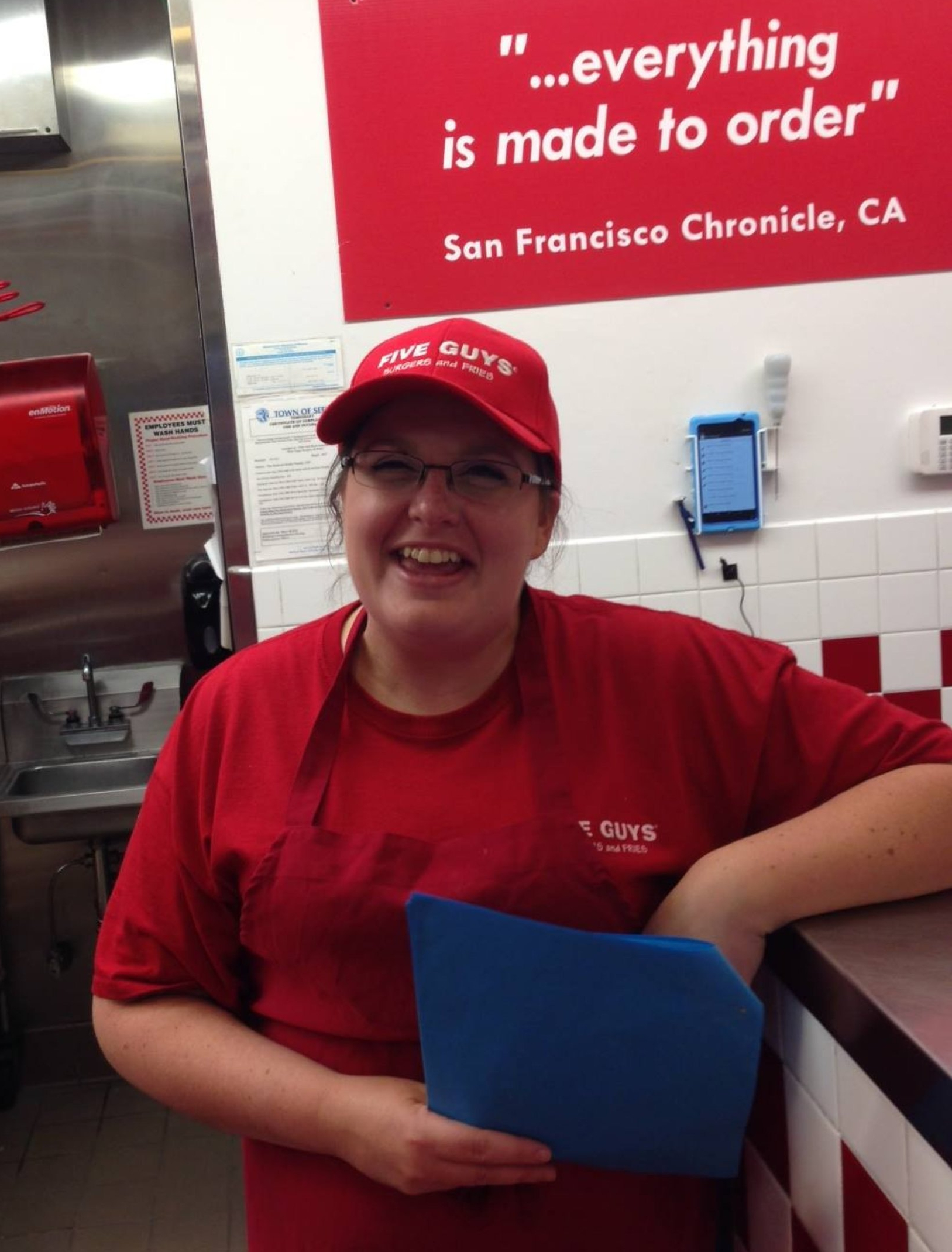I wanted to write this in appreciation and celebration of a customer service agent (the young lady pictured below) I met this past Saturday.

Saturday was a tough day for me.
Earlier in the week, I had facilitated a meeting. The meeting was part of an ongoing effort to restore trust between two cultures inside an international organization.
Unfortunately, it didn’t go so well.
If you’re on a similar journey as I, you know how disheartening it can feel when we struggle to facilitate greater empathy among people.
Sometimes we shake it off and move on. Other times, feelings of discouragement and disappointment pierce us with such blunt sharpness that we spiral into a vicious cycle of rumination. The kind that compels us to ask a simple yet deadly question: “Am I good enough to have a positive impact in the world? Is all this effort worth it?”
Having been at it for almost 5 years now, I thought I had become tough enough. I thought nothing could bring me down any more. Yet here I was, doubting my ability and the fundamental worth of my journey.
And then… I met this lady.
I had visited this Five Guys in Seekonk, MA several times. Yet, I had never met someone who greeted me quite the way she did. In particular, she had a certain way of saying “Al-right.” Every time she’d say it, I’d feel so much sincere enthusiasm in her words that I felt compelled to repeat after her.
In fact, I did! (Just once, though. I didn’t want her to misinterpret my behavior as having the intention of making fun of her.) Her energy was so contagious!
The vibe with which she greeted me to the restaurant shook me and woke me up. The resonating effect was so strong that I got out of my context and synchronized with her’s. In that new context, I immediately realized the unencessity with which I was ruminating. And just like that, I was back up and ready to take another step in this journey of realizing empathy.
Standing in the dining area, I felt a slow and steady rise of gratitude take over me. This is not the first time I have experienced this kind of slow rise of gratitude. It’s always a bit surreal when I do. The underlying energy is somewhat overwhelming. It compels you to express your appreciation and acknowledgement. This can be vulnerable. It’s not the kind that can be fully expressed by a meter utterance of “thank you.” It’s not always clear how we can express it.
On my way out, I asked her if she wouldn’t mind if I took a picture of her. She was gracious enough to give me permission. I told her I thought she was enthusiastic then quickly left, still feeling vulnerable. On my way back, I continued to experience the rush of gratitude.
It was beautiful.
No.
It is beautiful. Because I still feel it.
Thank you for your energy dear customer service agent. What you may have done without much thought meant the world to me. It was a wonderful example of a micro-innovation. Thanks to you I have found the energy to get back into the ring. To continue on this journey.
Thank you. Thank you so much.
May you stay beautiful.
with warmth and gratitude,
Seung Chan Lim




